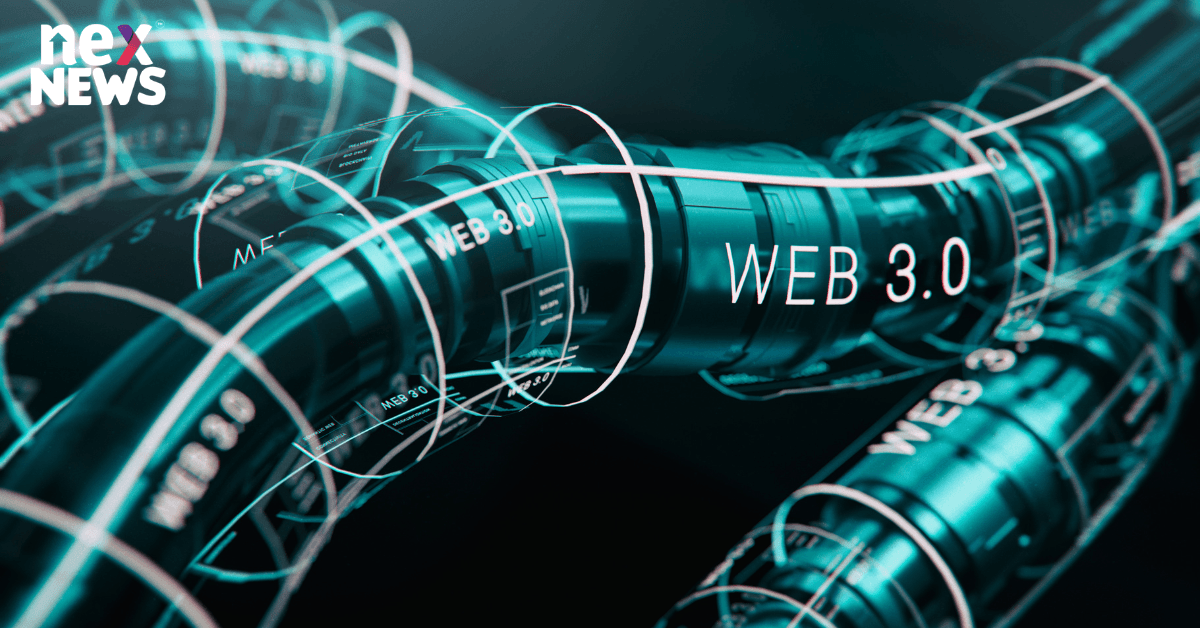The internet has become an integral part of our lives, revolutionizing the way we communicate, access information, and conduct business. However, the current internet infrastructure, often referred to as Web2, is centralized and controlled by a few powerful entities. This centralized control raises concerns about data privacy, censorship, and limited user ownership. In recent years, a new paradigm called Web3 has emerged, aiming to address these limitations and unlock the true potential of a decentralized internet.
Introduction to Web3 and decentralized internet
Web3 represents a fundamental shift in the architecture and philosophy of the internet. It is built on the principles of decentralization, peer-to-peer networks, and cryptographic security. Unlike Web2, where intermediaries govern access and control over data, Web3 leverages blockchain technology and smart contracts to enable a trustless and transparent environment.
Understanding the concept of decentralization
Decentralization refers to the distribution of control and decision-making across a network of participants, removing the need for a central authority. In the context of the internet, it means shifting power from centralized entities to individuals and communities. Decentralization ensures greater autonomy, privacy, and ownership of data, empowering users to have full control over their digital identities and assets.
The evolution of the internet: From Web1 to Web3
Web1, also known as the "read-only" web, emerged in the early days of the internet, where static websites provided information without much interactivity. With the advent of Web2, the internet transformed into a dynamic platform, enabling user-generated content, social networking, and e-commerce. However, Web2 also introduced issues like data breaches, algorithmic bias, and gatekeeping.
Web3 represents the next evolutionary stage, envisioning a fully decentralized and user-centric internet. It aims to create a trust layer on top of the existing internet infrastructure, enabling secure peer-to-peer interactions and redefining the relationship between users and online platforms.
Key features and benefits of Web3
Web3 introduces several key features that differentiate it from its predecessors:
- Decentralization: Web3 platforms are built on decentralized networks, ensuring that no single entity has control over data or transactions.
- Trust and transparency: Through the use of blockchain technology, Web3 enables trustless transactions and transparent governance mechanisms, enhancing accountability and reducing the risk of manipulation.
- User ownership: In Web3, users have ownership and control over their data, digital identities, and assets, fostering a more equitable digital economy.
- Interoperability: Web3 protocols and applications are designed to be interoperable, enabling seamless interaction between different platforms and ecosystems.
- Privacy and security: Web3 leverages cryptographic techniques to enhance privacy and security, protecting user data from unauthorized access and ensuring data integrity.
Decentralized applications (dApps) and smart contracts
One of the key elements of Web3 is the development of decentralized applications (dApps) and the use of smart contracts. dApps are applications that run on decentralized networks, utilizing the underlying blockchain infrastructure for data storage and execution of smart contracts.
Smart contracts are self-executing contracts with predefined rules encoded on the blockchain. They enable trustless and automated transactions, eliminating the need for intermediaries. Smart contracts have gained significant attention due to their potential to revolutionize various industries, including finance, supply chain management, and digital rights.
Blockchain technology and its role in Web3
Blockchain technology forms the foundation of Web3 by providing a decentralized and immutable ledger to record transactions and data. It ensures the integrity and transparency of the network, making it resistant to censorship and fraud. Blockchain networks, such as Ethereum, Polkadot, and Solana, serve as the backbone for Web3 applications, enabling the secure exchange of value and execution of smart contracts.
Interoperability and data sovereignty in Web3
Interoperability is a crucial aspect of Web3, allowing different blockchain networks and protocols to communicate and interact seamlessly. It enables the transfer of assets and data across different platforms, fostering collaboration and innovation.
Web3 also emphasizes data sovereignty, giving users control over their personal information. With Web3, users can choose how their data is shared, stored, and utilized, empowering them to protect their privacy and prevent unauthorized use of their data.
The impact of Web3 on various industries
Web3 has the potential to revolutionize numerous industries, including finance, healthcare, supply chain, gaming, and social media. In finance, decentralized finance (DeFi) applications built on Web3 enable permissionless lending, borrowing, and trading, disrupting traditional financial intermediaries. In healthcare, Web3 facilitates secure and interoperable health records, enhancing patient privacy and data sharing. Web3 also introduces new models for content creation, digital art, and virtual economies, empowering creators and eliminating middlemen.
Challenges and potential solutions in Web3 adoption
Despite the promising potential of Web3, several challenges need to be addressed for widespread adoption. Scalability, energy consumption, user experience, and regulatory frameworks are among the key challenges that the Web3 community is actively working on. Solutions such as layer 2 scaling solutions, proof-of-stake consensus algorithms, and user-friendly interfaces are being developed to overcome these hurdles.
Web3 and the future of the internet
Web3 represents a paradigm shift that has the potential to reshape the internet as we know it. By leveraging decentralization, trust, and user ownership, Web3 fosters a more inclusive and equitable digital landscape. It empowers individuals, promotes innovation, and creates new economic opportunities. As Web3 continues to evolve, it will likely transform the way we interact, transact, and collaborate online.
Conclusion
Web3 is unleashing the power of decentralized internet, revolutionizing the current centralized internet infrastructure. By embracing the principles of decentralization, trust, and user ownership, Web3 offers a more secure, transparent, and user-centric online environment. As we move towards the future, Web3 has the potential to reshape industries, empower individuals, and unlock new possibilities for innovation.


POST A COMMENT (0)
All Comments (0)
Replies (0)